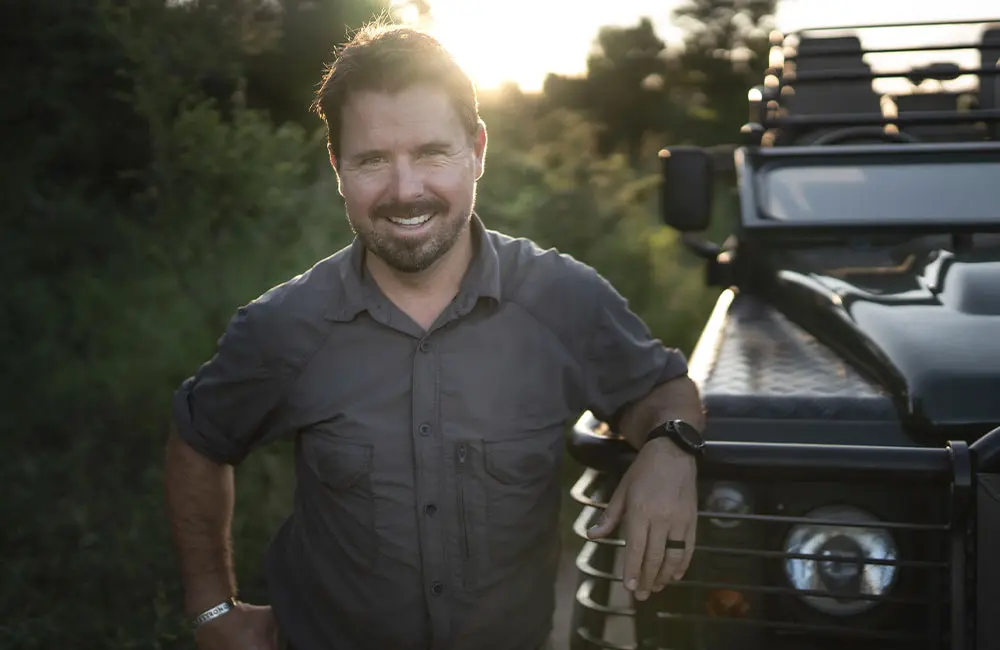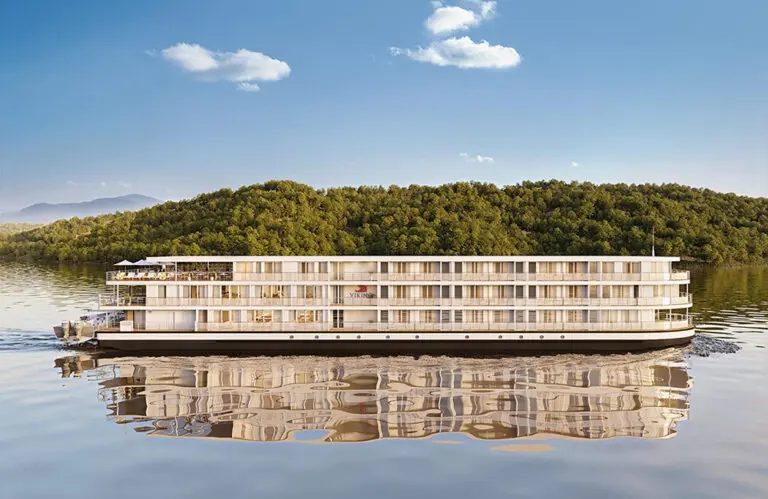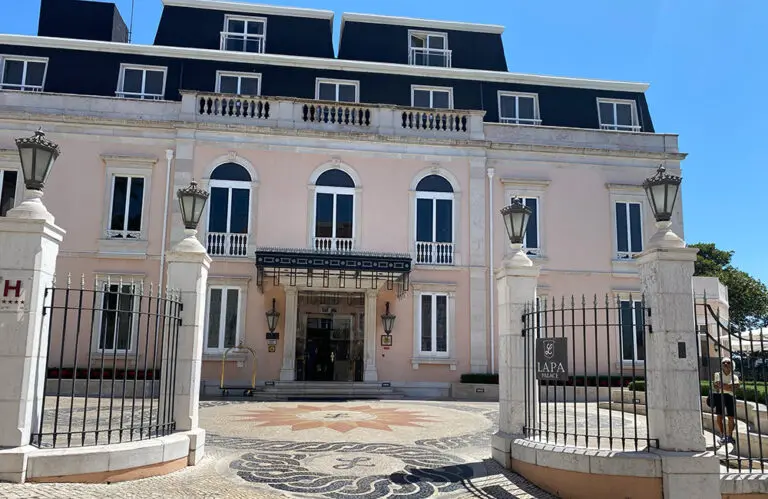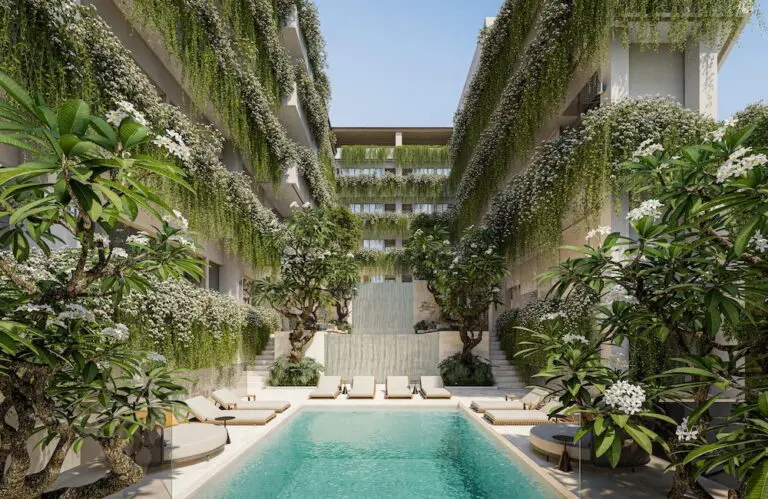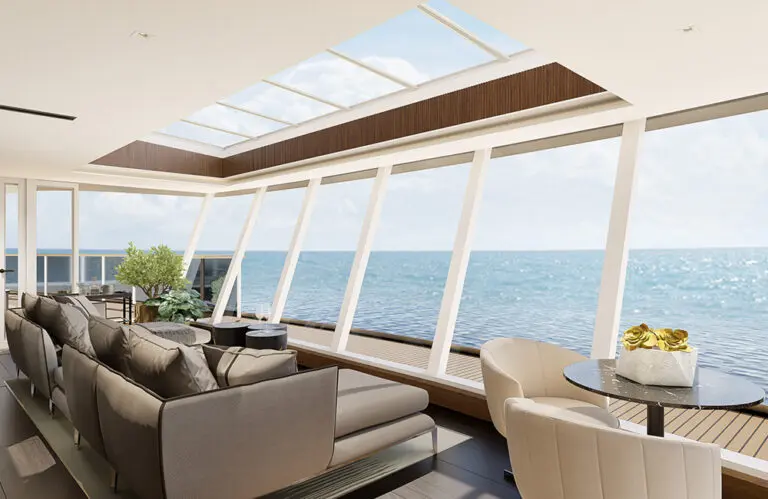At the recent Goldman Group conference, Ross Couper, brand photographer of luxury safari lodge and conservation group Singita, was in Melbourne direct from South Africa to discuss the transformative experience of safari. Karryon Luxury spoke with Couper to learn more.
There’s a word to describe Ross Couper’s images: mesmerising. From the close-up detail of a leopard’s tongue to the stick-like limbs of spiders, Couper’s ability to capture the full breadth of the ecosystem throughout the African regions in which he photographs is inspiring. His work takes guests on a visual journey to the very lifeblood of what makes these regions so captivating.
Starting first as a field guide with Singita to now working as its resident photographer and content creator, Couper talks to us about the importance of showcasing the vulnerability of wildlife to promote conservation and raise awareness about endangered species – along with the need for responsible tourism to support local communities and wildlife.
Boy from the bush

As Ross Couper reveals during the Goldman Group conference, his Australian mother visited Zimbabwe when she was 22. She met his father during her travels in Zimbabwe in a national park. She cancelled her return tickets to Australia and ended up living in Africa for 37 years.
“I spent a great deal of time growing up in the bush because my dad was working in the national parks of Zimbabwe. My mum would say to me to get out and sketch, keep yourself busy…so I think that spurred my artistic talent.”
As an adult, it was a chance meeting on an aeroplane from New York to Johannesburg with his wife Lindsay, after they’d been together working in the cruise industry for 11 years, when he began chatting to the lady next to him who eventually asked if he’d like to come and work at Singita upon his return to South Africa. He waited another seven months before making contact.
“A bit of serendipity arrived on my doorstep and they asked me if I’d like to become a guide at Singita,” he says, which is a role that he held for eight years.
Life at Singita
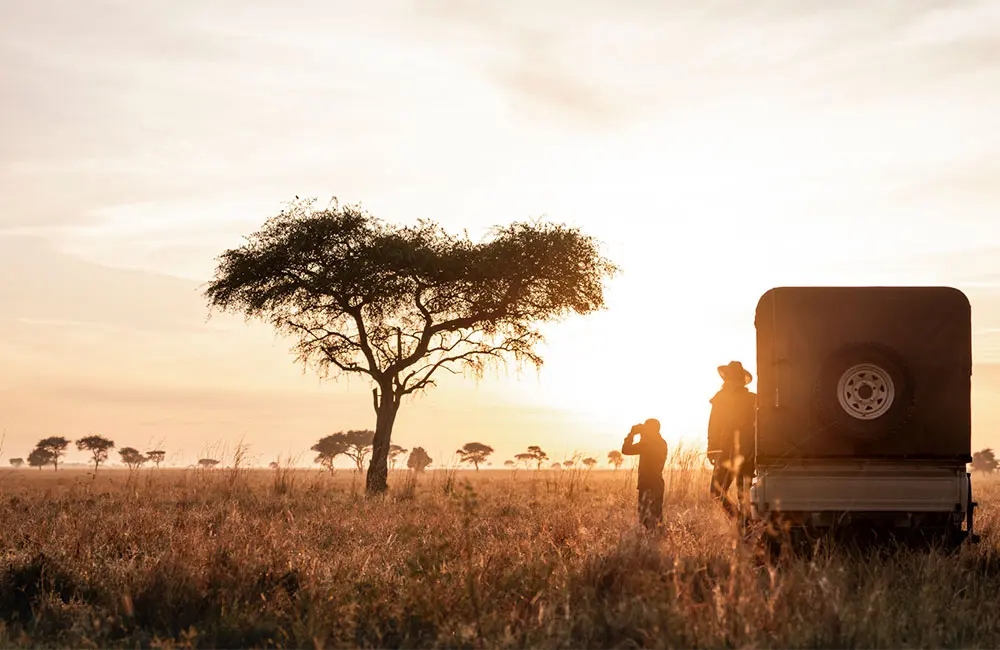
Couper says it was his wife, Lindsay, who recognised his eye for photography back during their time working on cruise ships, buying him a digital camera and encouraging him to explore the avenue of photography.
When he was working as a field guide at Singita, he started taking his camera out when he had time off.
“I spent my two weeks of leave in the bush. I had this amazing advantage that during that two week cycle, I had the opportunity where I could really understand the movement of wildlife in the region. I got used to following a particular leopard or finding a particular rhino,” he says.
Guests soon began requesting Couper to be their guide, knowing he was so in tune with the local wildlife. His body of work continued to grow until the Founder of Singita, Luke Bailes (by this time a fan of his photography) asked if Couper would spend half his time working as a content creator and the other half guiding.
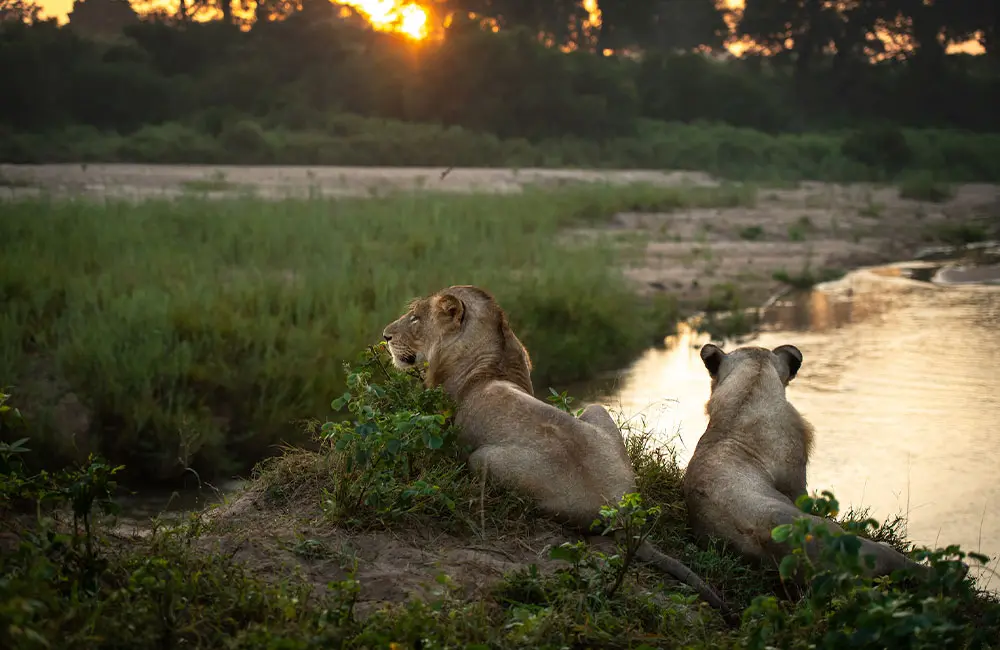
While that worked for a while, he inevitably became too busy and had to make a choice.
“I realised that a growth period for me would be through my photography. So in 2020 Lindsay was then pulled into the same position because of the fact that I needed somebody that could video edit, sound edit, and photograph. So Lindsay and I were brought into the marketing department,” says Couper, with the pair now working as a team at Singita for the past five years.
2020 brought… innovation
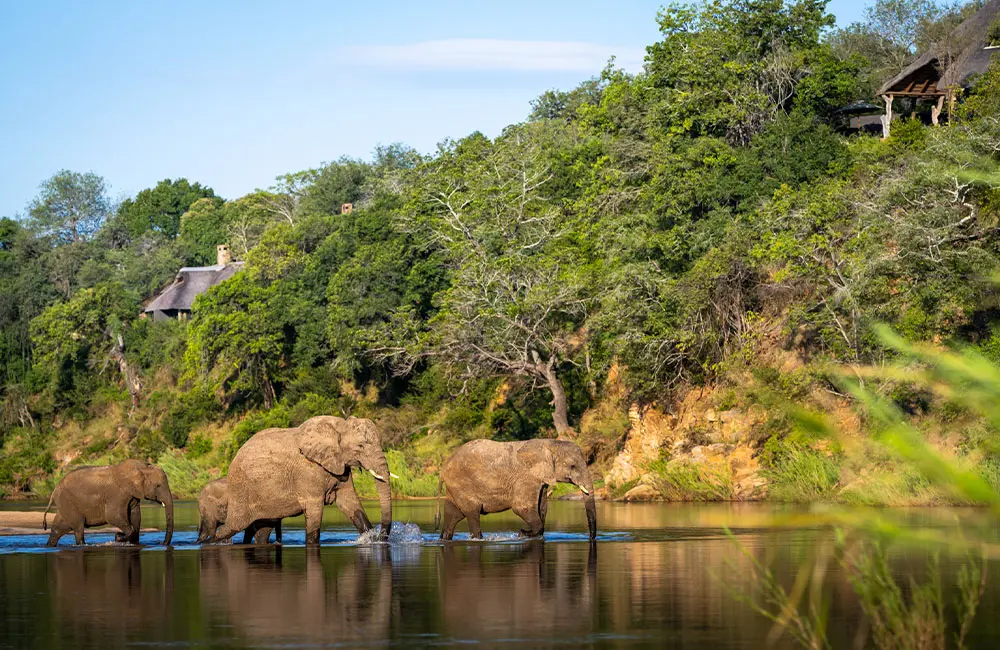
When Covid was unleashed upon the world in 2020, Couper says it provided the catalyst for where they are today.
With no travellers visiting the lodges, Couper says they needed to think of innovative ways to bring Singita into people’s homes.
“We started out by driving around… and the idea dawned on me. We were watching a leopard moving her two cubs, and they were in very close proximity to the lodge. I had a phone and microphone. I thought, well, what happens if we did a live safari and they could see, literally, what’s happening right now?
“So we went live, and it boomed. We realised there were so many people online, and it was almost a bit of a relief for people to see that the world was continuing and carrying on. We did this for a couple of days, and as the days progressed, we realised there was more opportunities that we could start reviewing,” he says.
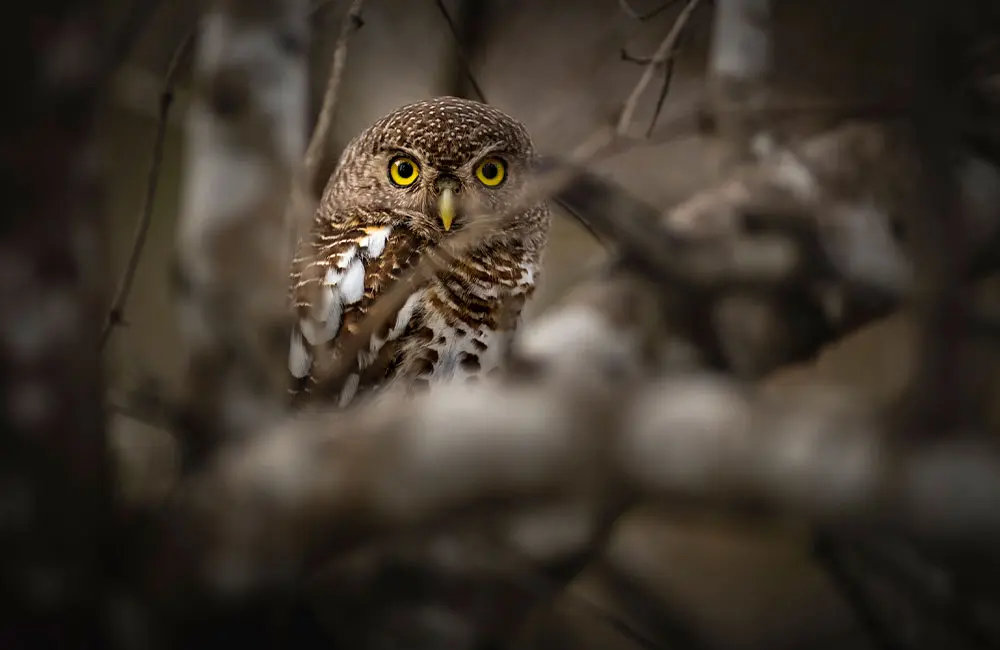
From here, the ideas began to flourish: they were soon creating audio files of the natural sounds in the destination and a Spotify list; developing sound breathing exercises accompanied by singing bowls; recording podcasts; and then leaving cameras out for filming.
“We just put cameras out and started recording stuff. On the first recording there was a rhino bull that came up and he started to sniff the camera, and you could view his horn, and he sort of rubbed against it… it was so immersive, I was even amazed. I started putting cameras at various locations. I lost a few unfortunately: either they were stood on by an elephant or by rhinos; or they were taken by hyenas. We created a moment called Hidden Safaris to allow guests to understand what actually is happening without us being there,” said Couper.
Ross and Lindsay now spend their time travelling and capturing content in the destinations where Singita lodges are located: South Africa, Zimbabwe, Tanzania, Rwanda and Botswana.
Connecting with animals
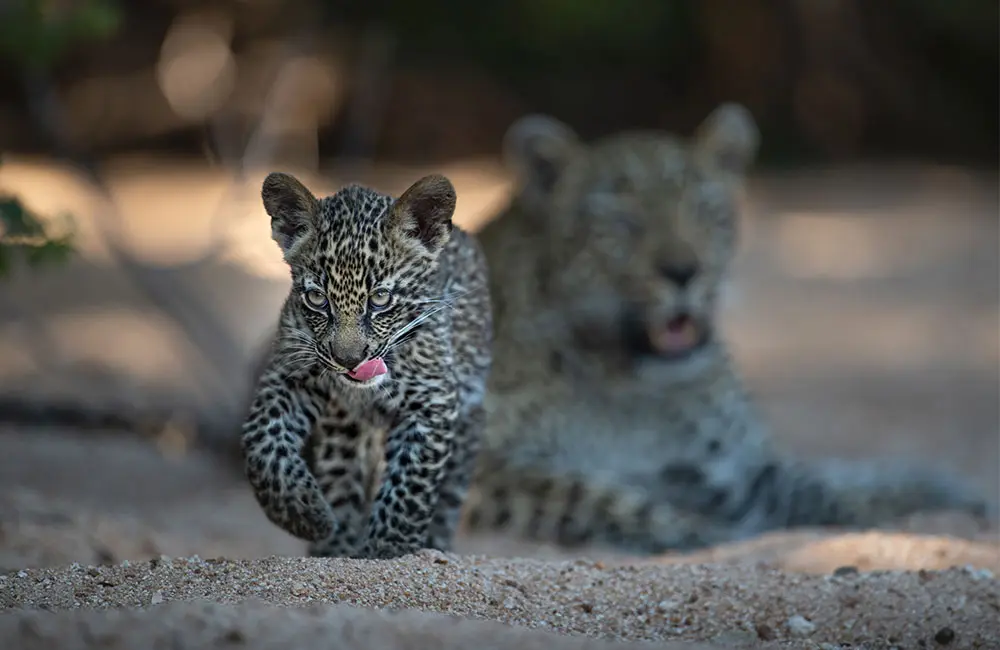
Couper says there is a connection and an understanding of the behaviour of the animals that is essential in his work.
“Most of the time, those animals have a behavioral trait that you can learn – and you as a person or a photographer, adapt. Whether it’s to either give the animal more distance or shift the direction of where you’re going – or don’t view it at all.
“You need that respect for that animal…and that is a connection that you start to establish with that animal and it becomes a positive reinforcement when other guests view that animal too,” he says.
Conservation and the role of photography
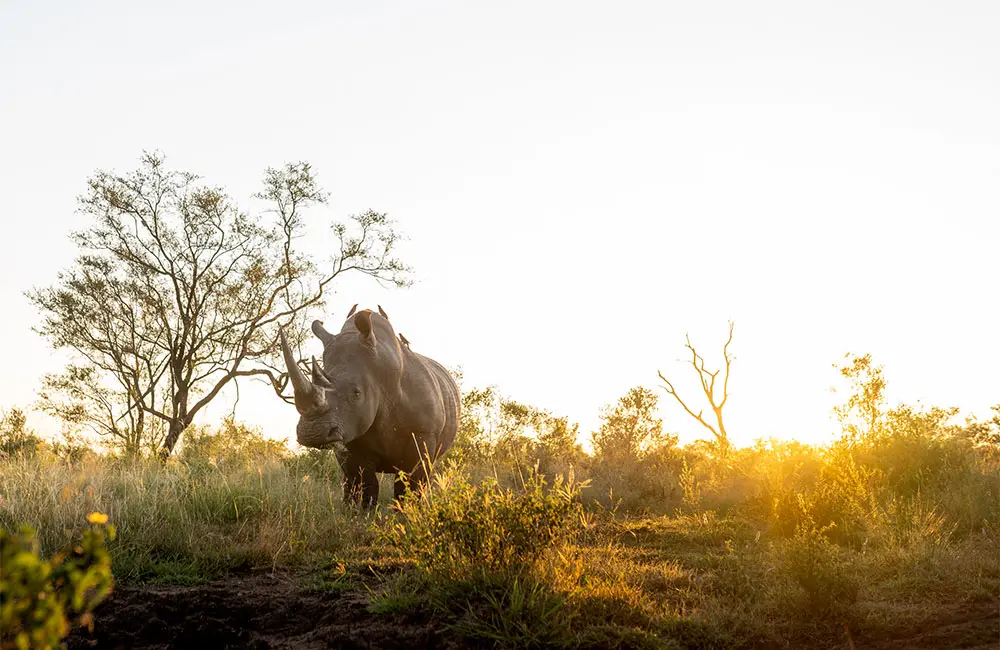
Couper shared the alarming news that through data and research taking place right now, it is predicted that lions could potentially become extinct by 2050 if they don’t stop what’s happening right now in terms of poaching.
“Right now, a white rhino and a black rhino, either one of those rhino species in Africa – just in Africa alone – is killed every 16 hours. About five years ago, there were three rhinos being killed per day. So the rapid decline of wildlife is persistently on our heels and as a conservation-conscious company, we need to do whatever we can to ensure that we preserve these large areas of open spaces,” says Couper.
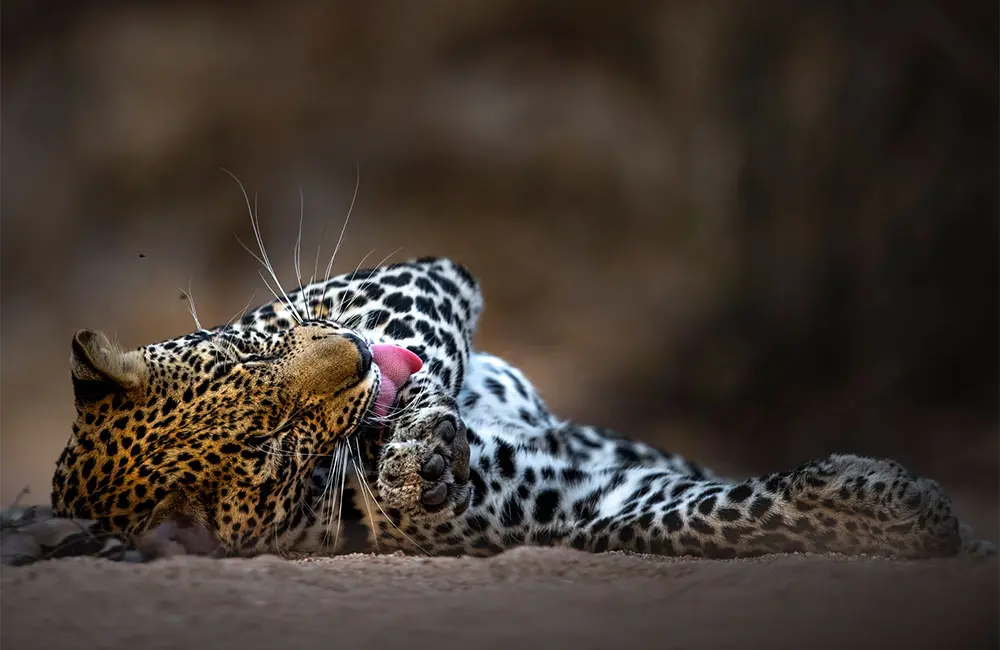
So what role can photography play in helping to preserve wildlife?
“I think if you as a photographer or videographer have the ability to showcase wildlife that are on the brink of extinction or that are vulnerable, and that enables you to use platforms that you can expose that imagery – whether it be beautiful, gruesome or tragic – to millions of viewers at a press of a button. We are fortunate to be in that space right now.
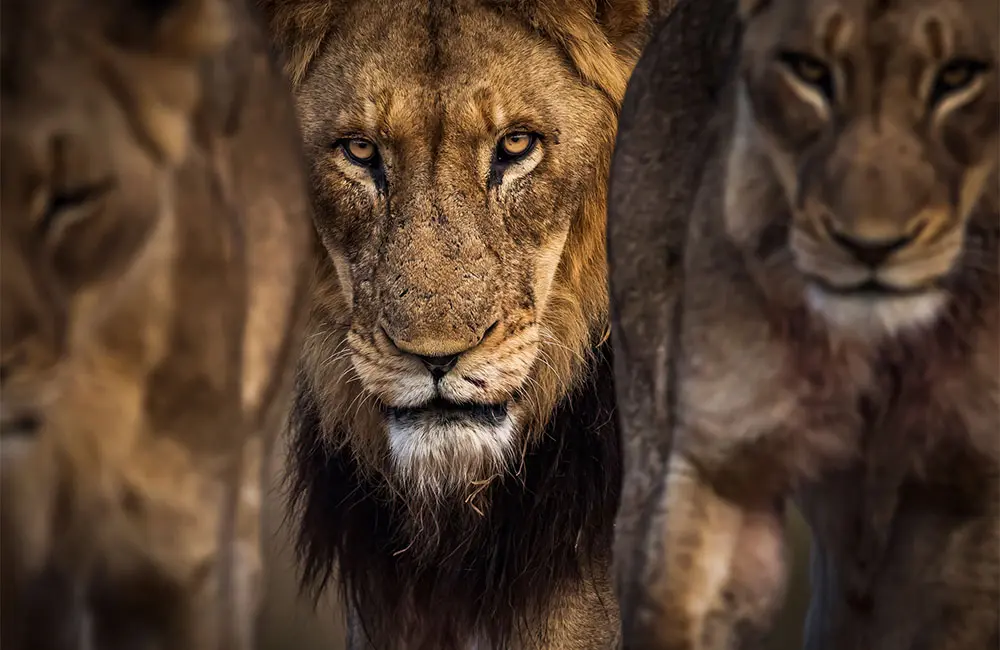
“We can expose what we see on a daily basis and bring that to the forefront of people who might be like-minded in conservation. I think there is a reliance on photographers that are in the wild and doing a job like I do, to bring it into a space where people can realise that these animals are vulnerable. And it’s not just thousands of beautiful pictures – but that you know the cheetah populations are declining because of the loss of habitat (lions are much the same). So I think that there is a responsibility from photographers working in the wild.
“We can feel insignificant, but I always find that life is all about balance. No matter what we do, it might offset somewhere else, but it does balance out. And I feel that if every single person was responsible in the way they acted and did things consciously, you’d probably find we might live in a better world because of that.”
Working with Singita
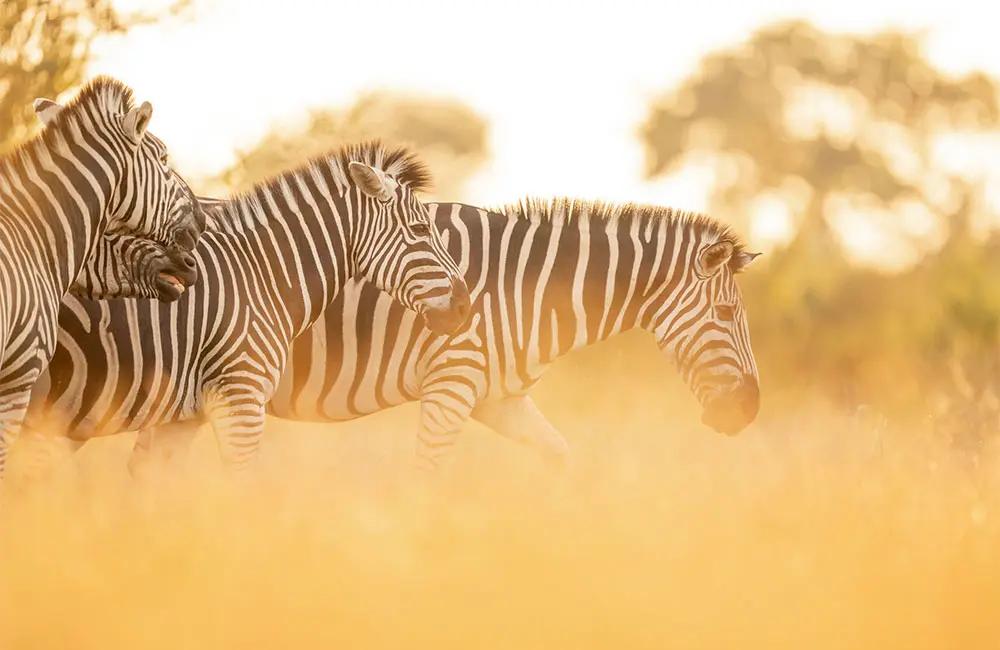
Couper says he was drawn to working with Singita because of their approach and work to conserve these important spaces for wildlife.
“You don’t realise until you’ve worked in a space how small that space actually is for an animal. But once you start realising that there’s a brand that’s looking at conserving and preserving larger tracts of land, there’s an element of this reward or reason for working for that particular company.
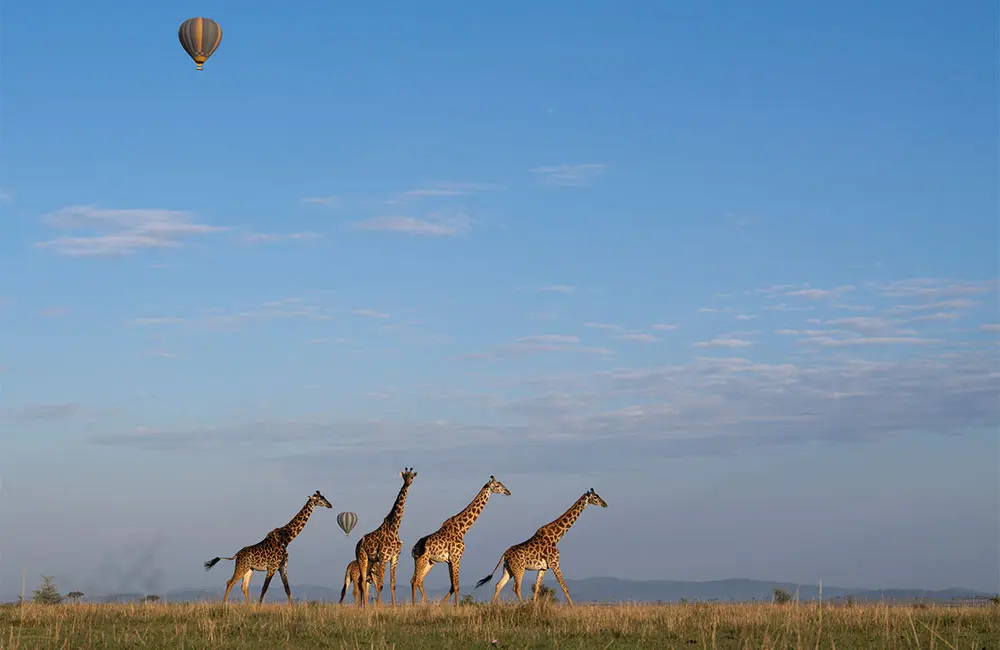
“I think I’ve always felt that when I worked in the company, I’ve felt part of the Bailes family….that’s always resonated very strongly to me.
“I’ve always been very professional and very accurate in what I’ve done – but at the same time, I think you feel responsible; you feel it’s yours. I think that if you work for a company and if you feel like it’s yours then you’re in the right space,” said Couper.
For more information singita.com



